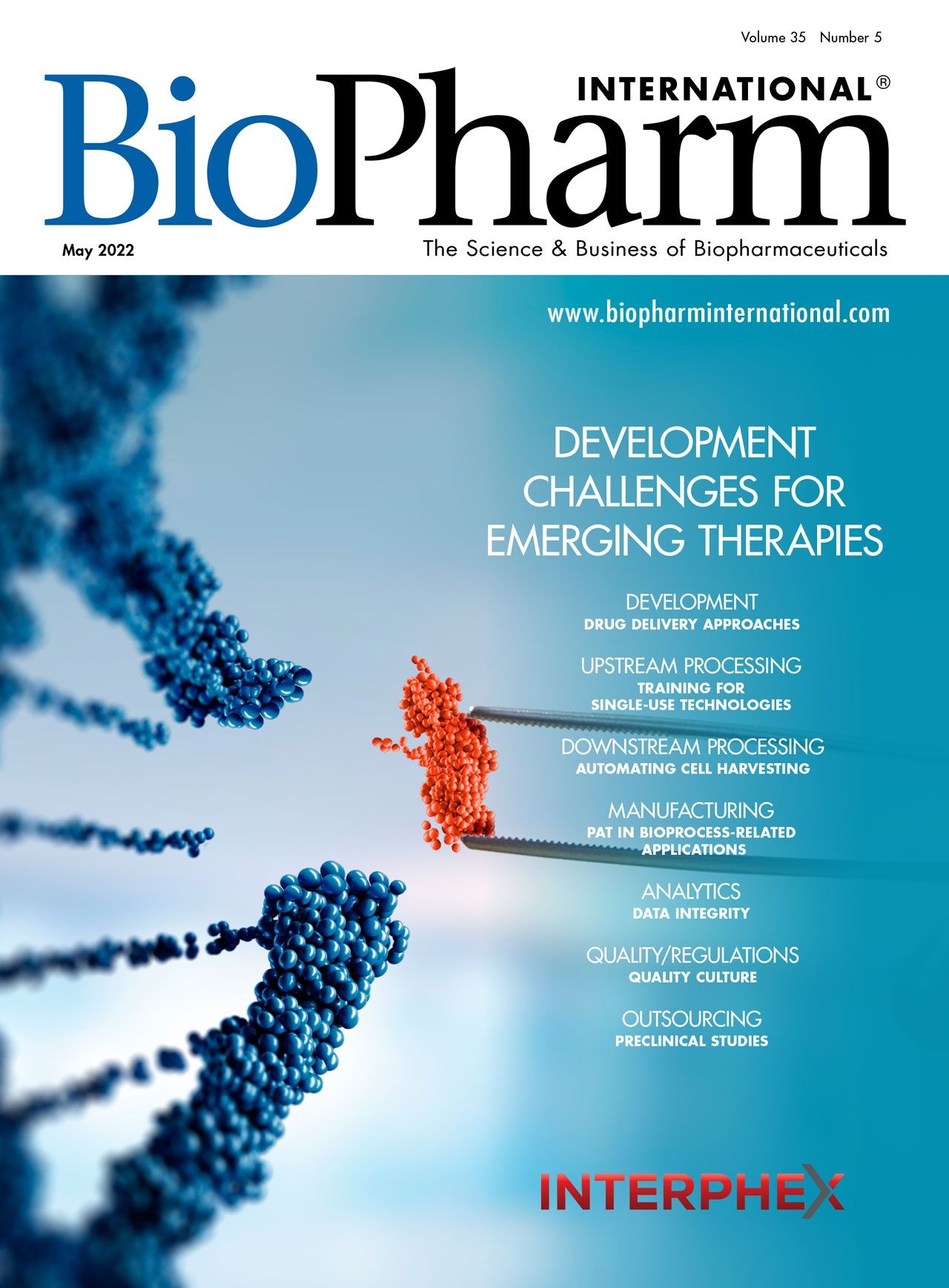Which Batch Size for Validation and Stability Studies?
Process validation for a drug product must be done with commercial scale batches, says Siegfried Schmitt, vice president, Technical at Parexel.
Q. We are planning to market a new drug (film coated tablets of the biotech product in nine different blister pack sizes) in the United States and the European Union. In support of the application, we must perform process validation and we will need to have stability data. To minimize the number of batches, we intend to manufacture three commercial-size batches of the tablets, then split each batch into three to create nine sub batches (one batch for each blister pack size). We will then take samples from each blister pack size to test stability. Is this a compliant approach?
A. You correctly state that you need to perform process validation and collect stability data for the various pack sizes. The question to answer is whether your batch sizes are in compliance with the regulations. Though the batch size for the tablets is at commercial scale, the batch size for each of the nine packaging runs is only a third of commercial scale.
The globally accepted standard for stability testing is International Council for Harmonisation (ICH) Q1A(R2) Stability Testing of New Drug Substances and Products (1). Herein, the minimum batch size requirement is, “The batches should be manufactured to a minimum of pilot scale.”
FDA confirms this requirement (2), stating that these batches can be “either pilot scale or a small scale batch.”
The European Medicines Agency (EMA) refers to the ICH guidance on their “quality: stability” website (3) and mentions “pilot scale” as the minimum batch size in their variation guidance listed on this website.
The Parenteral Drug Association’s (PDA) Technical Report 60-2 Process Validation: A Lifecycle Approach–1 Oral Solid Dosage/Semisolid Dosage Forms Annex (4), which reflects industry best practices, refers to batches for stability testing at 10–15% of commercial batch volume.
Your batch size of a third (i.e., 33%) of commercial batch size, with the aim to demonstrate the appropriate quality of the drug product on stability, is thus compliant with regulatory expectations and the laws.
At this scale, however, these batches cannot be used for process validation for a drug product to be approved for marketing in either the US or the EU. Process validation for a drug product, even a generic-drug product, has to be done with commercial scale (packaging) batches.
The reason is that process validation has to cover all the unit operations involved in the packaging process at the commercial scale. If the same batch is split at the packaging stage into sub-batches for different pack sizes, then validation of the packaging step will be incomplete. For example, sampling during blister packaging needs to be done at different time points (including beginning, middle, and end) of packaging of a commercial size batch. Full-scale manufacturing may take so long that shift changes may be required, or new rolls of foil may be required. These interventions may not happen during the manufacture at the reduced batch size. Process validation is defined as follows:
EMA definition of process validation (5): “The documented evidence that the process, operated within established parameters, can perform effectively and reproducibly to product a medicinal product meeting its predetermined specifications and quality attributes.”
FDA definition of process validation (6): “The collection and evaluation of data, from the process design stage through commercial production, which establishes scientific evidence that a process is capable of consistently delivering quality products.”
Although the definition of process validation differs somewhat between the EU and US, the requirements for commercial batch size for process validation do not. The details can be found in the two documents referenced above.
References
1. ICH, Q1A(R2) Stability Testing of New Drug Substances and Products, www.ich.org (ICH, February 2003).
2. FDA Questions and Answers on Quality-Related Controlled
Correspondence, FDA.gov, Sept. 23, 2021.
3. EMA, Quality: Stability, ema.europa.eu, accessed April 8, 2022.
4. PDA, Technical Report 60-2 Process Validation: A Lifecycle
Approach - 1 Oral Solid Dosage/Semisolid Dosage Forms Annex (PDA, March 2017).
5. EMA, Guideline on Process Validation for Finished Products–Information and Data to be Provided in Regulatory Submissions, EMA/CHMP/CVMP/QWP/BWP/70278/2012-Rev1,Corr.1, Nov. 21, 2016.
6. FDA, Guidance for Industry, Process Validation: General Principles and Practices (CDER, CBER, January 2011).
About the author
Siegfried Schmitt is vice president, Technical at Parexel.
Article details
Pharmaceutical Technology
Volume 35, Number 5
May 2022
Page: 50, 49
Citation
When referring to this article, please cite it as S. Schmitt, “Which Batch Size for Validation and Stability Studies?,” BioPharm International 35 (5) (2022).
